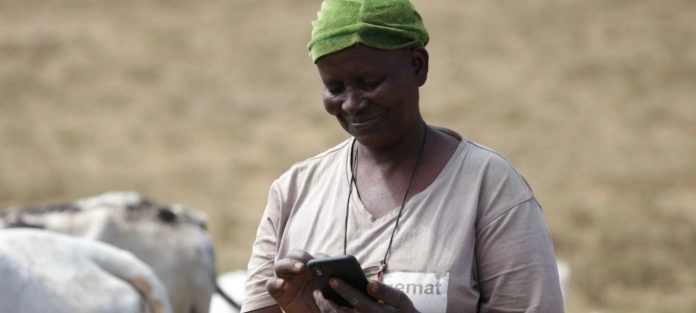The year 2020 started with such optimism and hope for nature-based solutions and environmental sustainability.
Environmental, social and governance investments were high on the agenda at Davos; the World Economic Forum launched the 1 Trillion Trees campaign, backed by Salesforce; BlackRock’s CEO sent an open letter to industry leaders about the future of the planet and the tough but necessary choices ahead for investment; and calls for action from young people were gathering momentum.
The message was clear: if we don’t do something fast, our future does not look good.
Then, a few short weeks into the new decade, COVID-19 literally shut giant swaths of the world down. Planes stopped flying, factories closed, businesses had to adapt, and people stayed indoors. Many world leaders showed us that in times of crisis they can act fast.
Now what? Post COVID-19 recovery plans are a priority: the current loss of income and slowed economic growth are being compared by some to the Great Depression of the 1930s—and this time the situation may be affecting millions more people.
The climate, biodiversity and COVID-19-induced poverty crises require creative and innovative solutions.
In recent years there has been much technological development in terms of restoring degraded land—from big satellite data and complex carbon measuring systems, to tree tracking and tree-based currencies. Investments in land restoration can create much needed jobs and income in rural areas of developing countries.
What if we harnessed new technology by linking donors investing in trees to the actual planters themselves, where the planters are paid not only to plant the tree, but also to ensure their survival? Could we turn tree planters into tree growers through an incremental payment system that pays individual planters to maintain the life of a tree, especially during its first vulnerable years? Read more…



